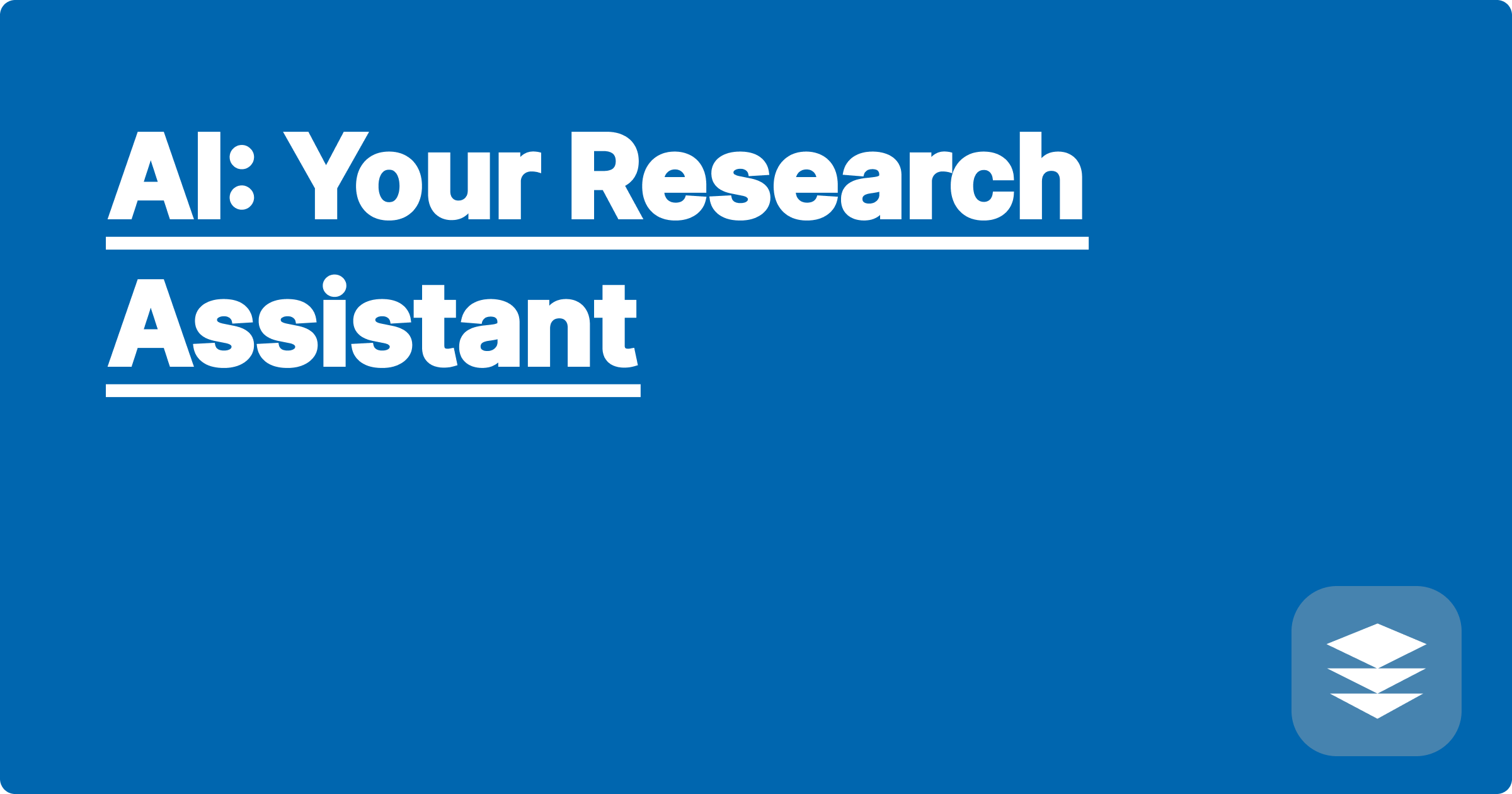
The sheer volume of information and the complexity of analyses required in STEM fields present a significant challenge for students and researchers. Sifting through mountains of literature, designing experiments, analyzing data, and writing comprehensive reports can be incredibly time-consuming and intellectually demanding. Artificial intelligence (AI) offers a powerful suite of tools to streamline these processes, acting as a virtual research assistant to boost productivity and enhance the quality of STEM work. This transformation is not just a convenience; it's a paradigm shift that empowers researchers to tackle more ambitious projects and accelerate the pace of discovery.
For STEM students, particularly those at the doctoral level struggling with research paper writing, AI can be a game-changer. Imagine having a tireless assistant that can help you synthesize complex information, generate initial drafts, refine your arguments, and even suggest relevant literature you might have missed. This allows researchers to focus on the core intellectual contributions of their work – developing novel hypotheses, designing innovative experiments, and interpreting results with greater depth. Embracing AI tools is no longer optional; it's becoming essential for staying competitive in the rapidly evolving landscape of scientific research.
A major bottleneck in STEM research is the literature review process. Researchers often spend countless hours searching databases, reading papers, and trying to synthesize the current state of knowledge in their field. This process is not only time-consuming but also prone to biases, as researchers might inadvertently overlook crucial studies or misinterpret findings. Furthermore, designing experiments and analyzing the resulting data can be computationally intensive and require specialized expertise. Finally, the process of writing research papers, grant proposals, and reports can be daunting, demanding meticulous attention to detail and clear communication of complex ideas. These challenges can hinder progress and limit the scope of research undertaken, particularly for students who are still developing their research skills.
AI tools like ChatGPT, Claude, and Wolfram Alpha offer a range of functionalities that can address these challenges. ChatGPT and Claude, for example, excel at natural language processing tasks. They can be used to summarize research papers, generate literature reviews, brainstorm research questions, and even assist with writing different sections of a research paper. Wolfram Alpha, with its focus on computational knowledge, can perform complex calculations, generate visualizations, and provide access to a vast repository of scientific data and formulas. By integrating these tools into their workflow, researchers can significantly enhance their efficiency and effectiveness.
Begin by clearly defining your research question or problem. This will help you focus your search and determine the most appropriate AI tools to use. Next, utilize AI-powered literature review tools to gather and synthesize relevant research papers. For example, you can input keywords or research topics into ChatGPT or Claude and ask them to summarize key findings, identify common themes, and highlight gaps in the existing literature. Then, use Wolfram Alpha to explore relevant datasets, perform calculations, and generate visualizations to support your research. You can also use ChatGPT or Claude to help you structure your research paper, generate initial drafts of different sections, and refine your writing. Throughout this process, remember to critically evaluate the output generated by the AI tools and ensure that it aligns with your research goals and adheres to academic standards.
Consider a researcher investigating the properties of a novel material. They can use Wolfram Alpha to calculate its theoretical band gap based on its chemical composition and crystal structure. They can then use ChatGPT to generate a literature review on similar materials and their applications. For example, they could prompt ChatGPT with "Summarize the recent advancements in graphene-based materials for energy storage." Furthermore, they can use these tools to analyze experimental data, identify trends, and generate figures for their publication. Another example is using ChatGPT to help formulate a research hypothesis. A researcher studying the effects of climate change on biodiversity could ask ChatGPT: "What are the potential impacts of rising sea levels on coastal ecosystems?" The AI can then provide a range of potential hypotheses based on existing research, which the researcher can further refine and test.
To effectively integrate AI into your research workflow, it's crucial to develop a strong understanding of the capabilities and limitations of different AI tools. Don't treat AI as a replacement for critical thinking; instead, use it as a powerful tool to augment your research skills. Always verify the information generated by AI and ensure that it is supported by credible sources. Develop a systematic approach to using AI, incorporating it into specific stages of your research process. Experiment with different AI tools and find the ones that best suit your needs. Finally, stay updated on the latest advancements in AI and explore new ways to leverage these tools to enhance your research.
In conclusion, AI is transforming the landscape of STEM research, offering researchers a powerful set of tools to enhance their productivity and accelerate the pace of discovery. By embracing these tools and integrating them strategically into their workflow, STEM students and researchers can overcome traditional research challenges, explore more ambitious projects, and contribute more effectively to their respective fields. The next step is to actively explore the available AI tools, experiment with their functionalities, and develop a personalized approach to leveraging AI for academic success. Don't hesitate to start integrating AI into your research process today and unlock its transformative potential.